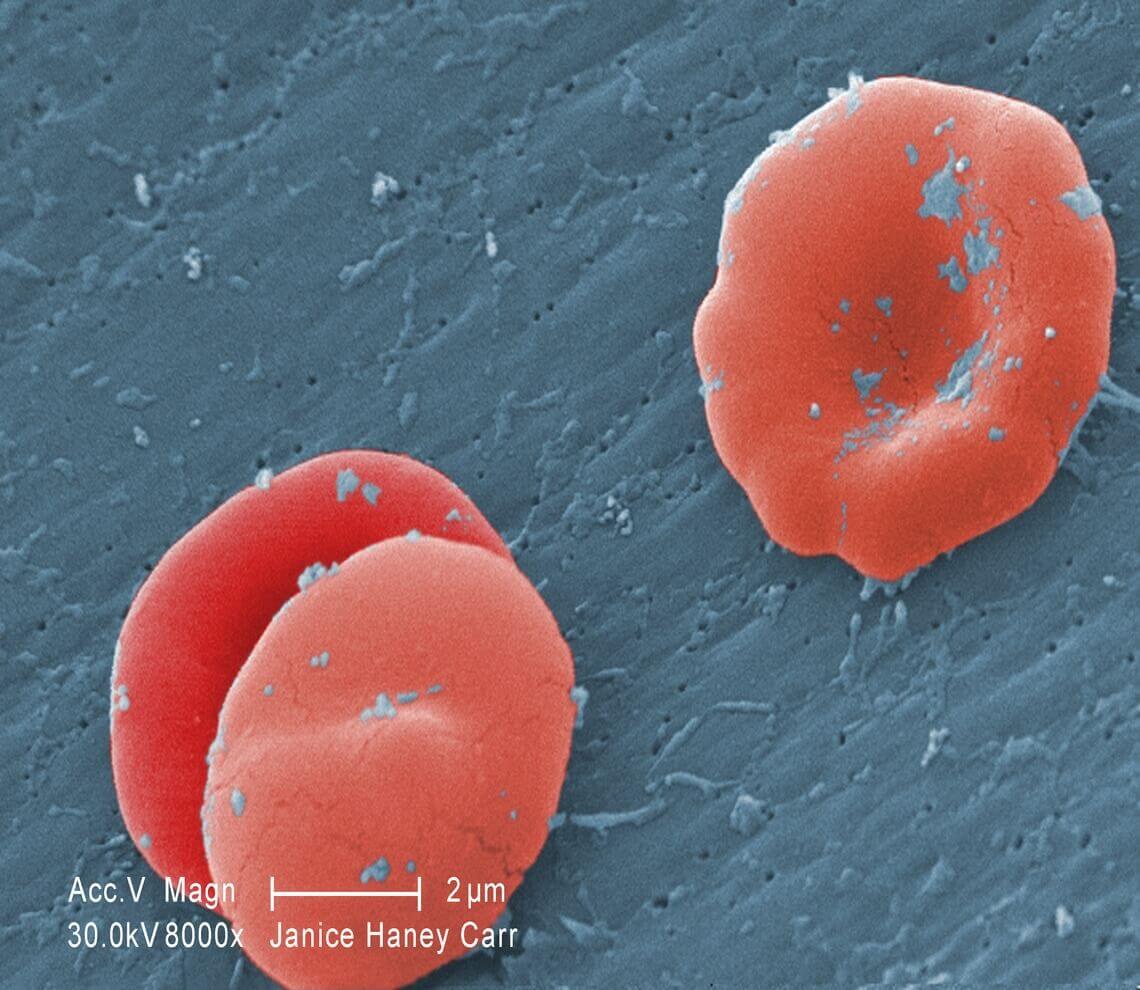- Our Suppliers
- MBS Monoclonals
- MOUSE Anti-HUMAN CD247:FITC Antibody
Product short description
Price:
238 EUR
Size:
0.025 miligrams
Catalog no.:
GEN214917
Product detailed description
Clone
G3
Gene name synonims
N/A
Purification method
N/A
Also known as
CD247
Gene name
CD247
Immunoglobulin isotype
IgG2a
French translation
anticorps
Category
Antibodies
Clonality
Monoclonal
Latin name
Mus musculus
Conjugation
Anti-FITC Antibody
Host organism
Mouse (Mus musculus)
Subcategory
Mnoclonal antibodies
Tested applications:
Flow Cytometry (FACS)
Concentration
IgG concentration 0.1 miligram per 1 mililiter
Other gene names
CD247; CD247; T3Z; CD3H; CD3Q; CD3Z; TCRZ; CD3-ZETA; CD3Z; T3Z; TCRZ
Form/Appearance
FITC (Purified IgG conjugated to Fluorescein Isothiocyanate Isomer 1 (FITC) - liquid)
Description
This antibody needs to be stored at + 4°C in a fridge short term in a concentrated dilution. Freeze thaw will destroy a percentage in every cycle and should be avoided.
Species reactivity
Human (Homo sapiens); Due to limited knowledge and inability for testing each and every species, the reactivity of the antibody may extend to other species which are not listed hereby.
Other names
T-cell surface glycoprotein CD3 zeta chain isoform 2; T-cell surface glycoprotein CD3 zeta chain; T-cell surface glycoprotein CD3 zeta chain; CD3zeta chain; TCR zeta chain; CD247 antigen, zeta subunit; T-cell receptor T3 zeta chain; CD3Z antigen, zeta polypeptide (TiT3 complex); T-cell antigen receptor complex, zeta subunit of CD3; CD247 molecule; T-cell receptor T3 zeta chain
Test
MBS Monoclonals supplies antibodies that are for research of human proteins.Mouse or mice from the Mus musculus species are used for production of mouse monoclonal antibodies or mabs and as research model for humans in your lab. Mouse are mature after 40 days for females and 55 days for males. The female mice are pregnant only 20 days and can give birth to 10 litters of 6-8 mice a year. Transgenic, knock-out, congenic and inbread strains are known for C57BL/6, A/J, BALB/c, SCID while the CD-1 is outbred as strain.
Storage and shipping
Store the antibody at +4 degrees Celsius for short-term storage and at -20 degrees Celsius for long-term. the antibody should be stored undiluted. Storage in frost-free freezers is not recommended. the antibody is photosensitive and should be protected from light. Repeated freeze - thaw cycles may denature the peptide chains of the antibody and therefore should be maximally avoided. If there is a precipitate in the vial we recommend you to briefly microcentrifugate it prior to use. Shelf Life: 18 months from date of dispatch.
Specificity and cross-reactivity
CD247 The T cell antigen receptor (TCR) consists of a ligand-specific alpha/beta heterodimer non-covalently associated with five invariant chains including the CD3 gamma/delta/eta and zeta subunits, all of which are required for efficient surface expression. T cell activation through the TCR induces cellular differentiation and/or proliferation and the production of lymphokines and cytokines. Both the CD3 and TCR zeta subunits are proposed to be responsible for the intracellular signal transduction events. A novel monoclonal antibody, named G3, has been developed that is specific for the TCR zeta chain subunit (CD247). The antibody is capable of precipitating both non-phosphorylated and tyrosine phosphorylated TCR zeta chain and may be used to detect TCR zeta expressing cells using flow cytometry on permeabilised cells.; Since it is not possible to test each and every species our knowledge on the corss reactivity of the antibodies is limited. This particular antibody might cross react with speacies outside of the listed ones.
Properties
If you buy Antibodies supplied by MBS Monoclonals they should be stored frozen at - 24°C for long term storage and for short term at + 5°C.This MBS Monoclonals Fluorescein isothiocyanate (FITC) antibody is currently after some BD antibodies the most commonly used fluorescent dye for FACS. When excited at 488 nanometers, FITC has a green emission that's usually collected at 530 nanometers, the FL1 detector of a FACSCalibur or FACScan. FITC has a high quantum yield (efficiency of energy transfer from absorption to emission fluorescence) and approximately half of the absorbed photons are emitted as fluorescent light. For fluorescent microscopy applications, the 1 FITC is seldom used as it photo bleaches rather quickly though in flow cytometry applications, its photo bleaching effects are not observed due to a very brief interaction at the laser intercept. MBS Monoclonals FITC is highly sensitive to pH extremes.Human proteins, cDNA and human recombinants are used in human reactive ELISA kits and to produce anti-human mono and polyclonal antibodies. Modern humans (Homo sapiens, primarily ssp. Homo sapiens sapiens). Depending on the epitopes used human ELISA kits can be cross reactive to many other species. Mainly analyzed are human serum, plasma, urine, saliva, human cell culture supernatants and biological samples.
© Copyright 2016-Tech News . Design by: uiCookies

